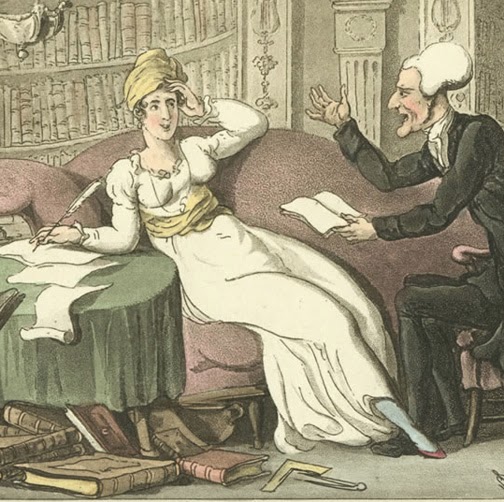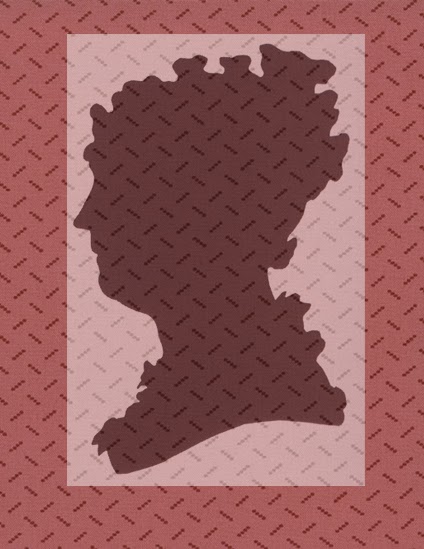Block: 22 Friendship for Anne Brydges LeFroy by Becky Brown
Anne Brydges LeFroy
1749-1804
A miniature by Richard Crosse with her death date
engraved on the
frame.
Madame LeFroy, as her neighbors called her, became a good
friend to Jane Austen. Young mother Anne LeFroy initially invited Jane to the Ashe parsonage
to play with her children but the rapport developed between Jane and the woman
who was twenty-five years older.
Ashe House. In 1783 Anne’s
husband took
Isaac George LeFroy (1745-1806)
Anne LeFroy, a published poet, a reader, a sophisticate, acted
as mentor to the young writer, offering her something her family did not
throughout Jane’s adolescence and twenties.
Anne was an
intellectual, a“bluestocking,” a type
satirized (note the stocking) in the humorous
Dr. Syntax series of the times.
During the winter of 1804-1805 Anne’s death was the first in
a sad series of events. On Jane’s 29th birthday Anne fell from a run-away
horse. She hit her head and died within twelve hours. Jane, living in Bath at the time, was heartbroken. A month later Jane’s father died. Two important links to her childhood were gone.
Friendship by Bettina Havig
Riding sidesaddle with
both legs on one side of the horse.
Jane
Austen never cared for riding.
We might imagine Anne LeFroy bolting over the head of her
horse but it is more likely she became entangled in her side saddle. In Jane
Austen’s England women rode in special contraptions designed to protect their
feminine anatomy. Despite the dangers in riding sideways and off balance, a
woman riding astride risked her reputation. Risking one’s neck was considered
the better bargain.
Woman strapped into a
side saddle,
fashion plate, 1807
Jane was fortunate to have such a
friend as Anne, whose obituary described her as a “lovely, accomplished, and
most extraordinary woman.” We can remember Madame LeFroy with Friendship, a
nine-patch given the name by Kansas City Star in 1934
BlockBase #1648
Cutting a 12” Block
A - Cut 4 squares 4-7/8”. Cut each in half
with a diagonal cut to make 2 triangles.
You need 8 triangles.
B – Cut 12 rectangles 1-7/8” x 4-1/2”.
C – Cut 1 square 4-1/2”.
Sewing:
Read more about Anne LeFroy at the AustenOnly blog:
http://austenonly.com/2012/09/16/the-rectory-at-ashe-home-to-mrs-lefroy-jane-austens-beloved-friend/
See my posts on last year’s Grandmother’s Choice blog about
bluestockings:
And side saddle:
http://grandmotherschoice.blogspot.com/2013/05/38-nonsense-anatomy-lessons.html
Friendship by Georgann Eglinski































































